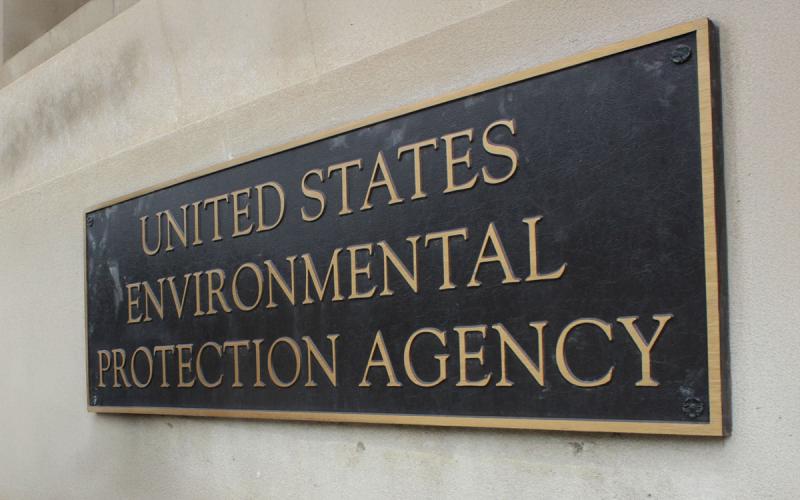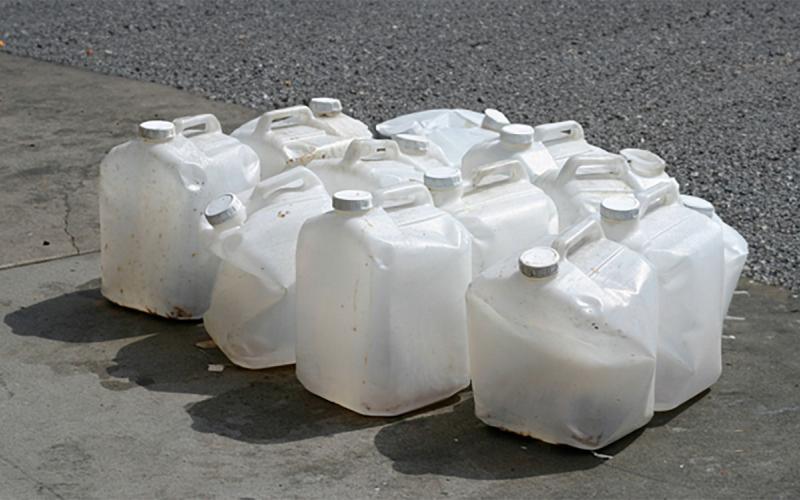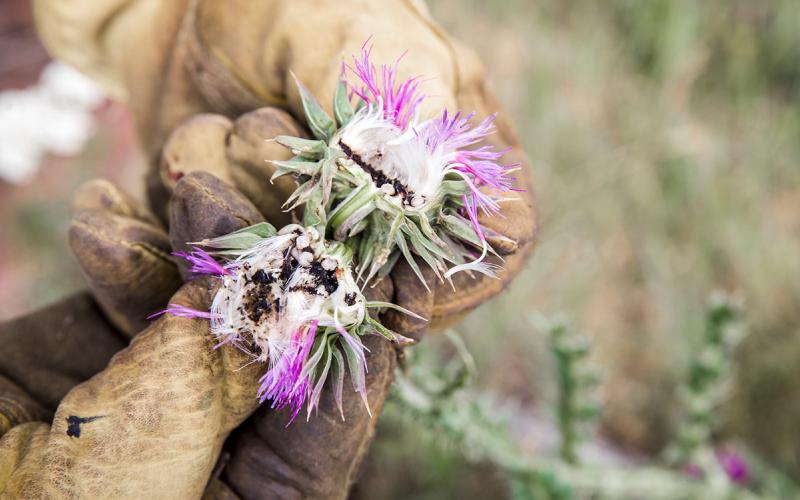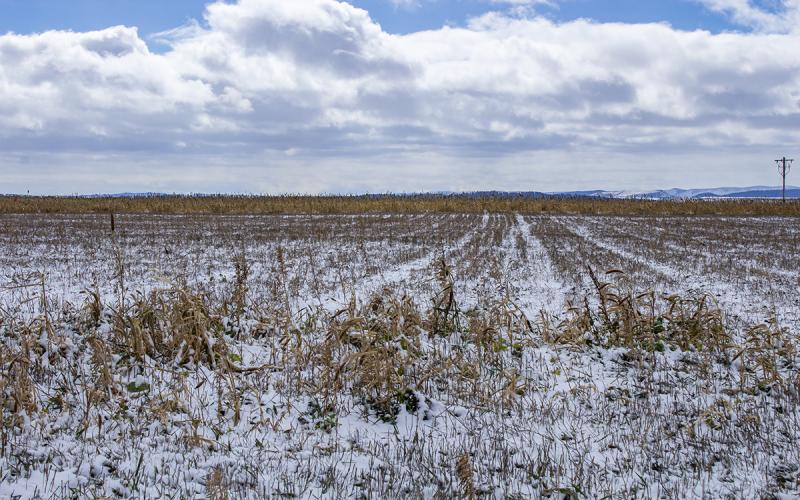
Dicamba products (e.g., Engenia, Tavium, Xtendimax) previously labeled for overtop application to tolerant soybean (e.g., Xtend and Xtendflex varieties) are not registered for use during the 2025 growing season. The Environmental Protection Agency (EPA) has proposed to re-register these dicamba products for use in tolerant soybean starting in 2026. They conducted numerous human health risk assessments and did not identify any concerns. They also placed emphasis on several measures to reduce ecological risks (i.e., off target movement of the herbicide).
Proposed Application Measures
The EPA is proposing the following measures to prevent off-target movement of the herbicide:
- Single use maximum application rate of 0.5 lb. acid equivalent rate per acre.
- No more than two applications per year not exceeding 1 lb. acid equivalent per acre.
- Prohibition of aerial applications.
- Maintain a 240-foot downwind buffer.
- Applications must include an approved drift reduction agent and pH buffering volatility agent; percentages of these adjuvants must increase as air temperature increases.
- Temperature-dependent application restrictions to manage volatility. Users have flexibility to implement temperature-dependent restrictions by reducing the percent of field treated, including by using precision agriculture techniques, or prohibiting certain tank mixes at higher temperatures.
- No applications at temperatures above 95 degrees Fahrenheit.
- Three points of mitigation required based on the runoff/erosion mitigation menu.
- Users must access and follow any applicable endangered species bulletin from Bulletins Live! Two web-based system. Six points of runoff/erosion mitigation will be required in some pesticide use limitation areas where pesticide exposures are likely to impact the continued existence of a listed species, which may include a reduction in survival or recovery of the species
- Applicators are required to wear baseline attire (i.e., long-sleeve shirt, long pants and shoes plus socks) along with personal protective equipment including chemical-resistant gloves when handling these products. A NIOSH-approved dust/mist filtering respirator with any R, P, or HE filter is also required for all handlers of the BAPMA-salt-formulated product. There is a restricted entry interval of 24 hours. Use is restricted to approved states by certified applicators only. Applicators are required to complete additional dicamba-specific annual training and maintain records of all applications.
Public Comment Period
The EPA recognizes that these measures are not standard and could present challenges in the operation performed by farmers. There will be a public comment period for feedback on the proposed registration. The public comment period will be open for 30 days, closing on 8/22/2025. Comments can be made on EPA’s proposed decision by visiting the regulatory webpage Dicamba: New Use on Dicamba-Tolerant Cotton and Soybeans and clicking on the “Comment” box.


